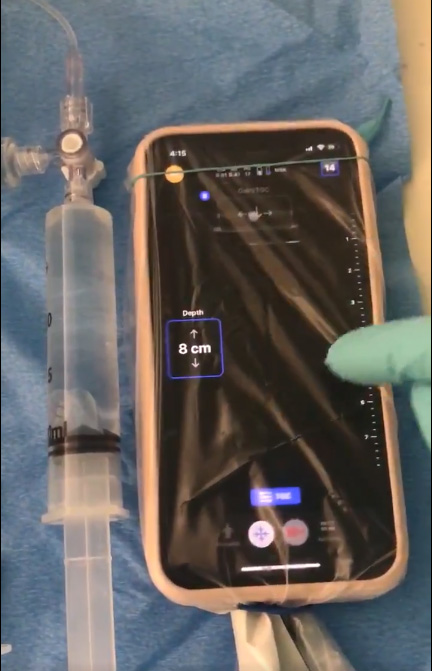Getting back to daily activities more quickly is a major reason for eschewing the traditional open approach.
 BACK IN ACTION The endoscopic approach is an excellent option for patients who would rather put off surgery than be forced to take time off from work for an extended recovery.
BACK IN ACTION The endoscopic approach is an excellent option for patients who would rather put off surgery than be forced to take time off from work for an extended recovery.
Carpal tunnel surgery is a common and exceedingly effective intervention for the numbness, tingling and outright pain that can be maddening for those suffering from the compressed nerve condition — but one surgical technique can help individuals get back to their daily routines more quickly.
With more than a half million procedures performed each year in the United States, carpal tunnel release surgery is a staple of ASCs and office-based facilities everywhere. While the procedure is highly successful via either the traditional open method or the newer endoscopic method, the latter is fast becoming the go-to option for many providers and patients alike. There are two major reasons for this: faster recoveries and smaller incisions.
In fact, a fear of being laid up even keeps certain individuals from scheduling a procedure that can vastly improve their quality of life.
"Patients can sometimes be hesitant to address carpal tunnel syndrome because they have busy lives and worry about taking an extended recovery period after surgery," said Derek Bernstein, MD, of Novant Health Orthopedics & Sports Medicine, in a recent article on the topic. Although Dr. Bernstein made it a point to state that all patients recover differently from surgery, he said he allows patients to go back to their daily activities as quickly as the day after their procedure if they feel comfortable following endoscopic surgery.
With the more invasive open procedure, patients are generally kept out of work for at least a week and are advised not to lift anything more than 10 pounds for at least a month to keep the incision from splitting open. Although the success and effectiveness of this approach aren’t an issue, the restrictions are enough of a reason to opt for the endoscopic approach. As Dr. Bernstein said, "It is a less invasive option that allows for a faster functional recovery."
.svg?sfvrsn=be606e78_3)


.svg?sfvrsn=56b2f850_5)